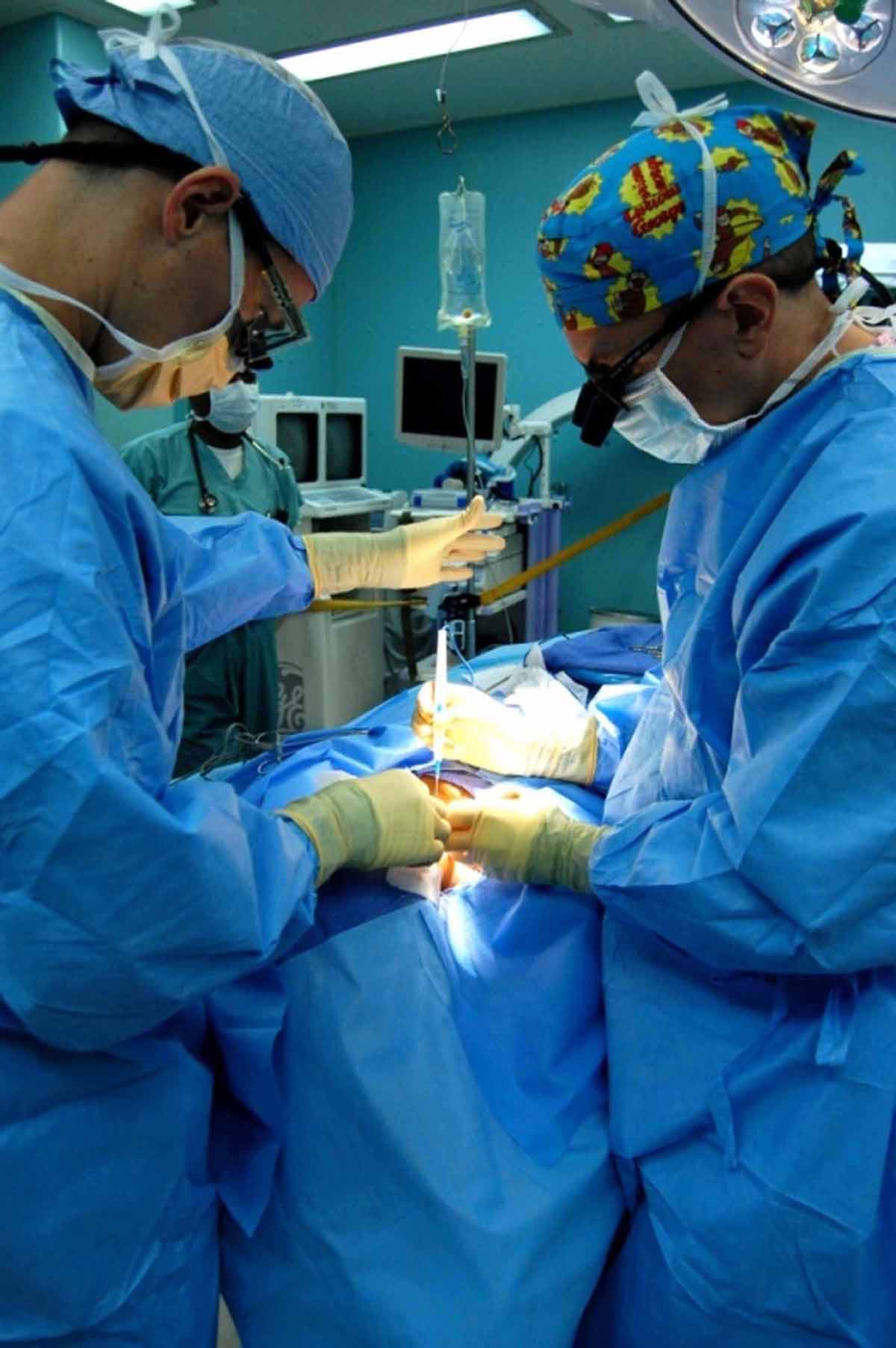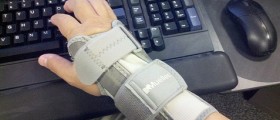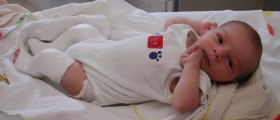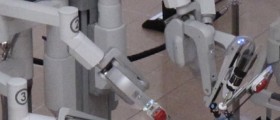
Torticollis Overview
Torticollis is a medical condition which features with abnormal posture of the head due to the problem of cervical muscles. Congenital muscular torticolis can be diagnosed after the birth and is usually a consequence of improper position of the fetus in the uterus. If not treated on time and properly torticollis can lead to secondary complications including plagiocephaly, asymmetry of the face, scoliosis of the cervical spine or ophthalmological sequelae. The patient can be treated conservatively or surgically. Conservative methods include a sternocleidomastoid release, selective denervation and stimulation of the dorsal cord.
Causes of Torticollis in Infants
The cause of torticollis lies in intrauterine compartment syndrome of the sternocleidomastoid muscle. Pseudotumors can be additional cause of this medical condition. In some babies muscles of the neck are hypertrophic or some of them are even missing. Furthermore, spina bifida, hemivertebrae or Arnold-Chiari syndrome can be additional cause of torticollis.
Trauma during delivery as well as fracture of the cervical spine or clavicular fracture can also result in torticollis.
In infants torticollis can be compensatory and related to certain illnesses such as congenital nystagmus, tumor of the posterior fossa and strabismus accompanied by paresis of the fourth cranial nerve.
The parents of the affected baby may notice abnormal position of the head or palpate the firm mass in the neck.
Treatment Options and Surgery for Torticollis
Initial treatment includes physiotherapy and stretching. Even splintage can be helpful in mild cases. If none of these methods is effective a child requires surgical procedure.
The best results of the surgery are accomplished if a child is operated between 18 months to 2 years. Still, the surgery is generally performed at 1 to 4 years of age.
There are several surgical approaches. Subcutaneous tenotomy is only one of them. A surgeon cuts the distal part of the tendon. This surgical procedure has to be performed carefully since neurovascular structures can be damaged. Another surgical option is open division of the upper or the lower end of the affected muscle.
After the surgical correction a patient needs to wear a splint or a collar to keep the head in straight position until the operated tissues heal properly. This aids need to be worn for several months.
The condition is always diagnosed on time since it features with distinguished characteristics. Either parents or a pediatrician notice abnormal head posture or palpate tumefaction in the neck. This is why the treatment in majority of cases starts on time and even if the surgery is required it can be performed timely.

















Your thoughts on this
Loading...